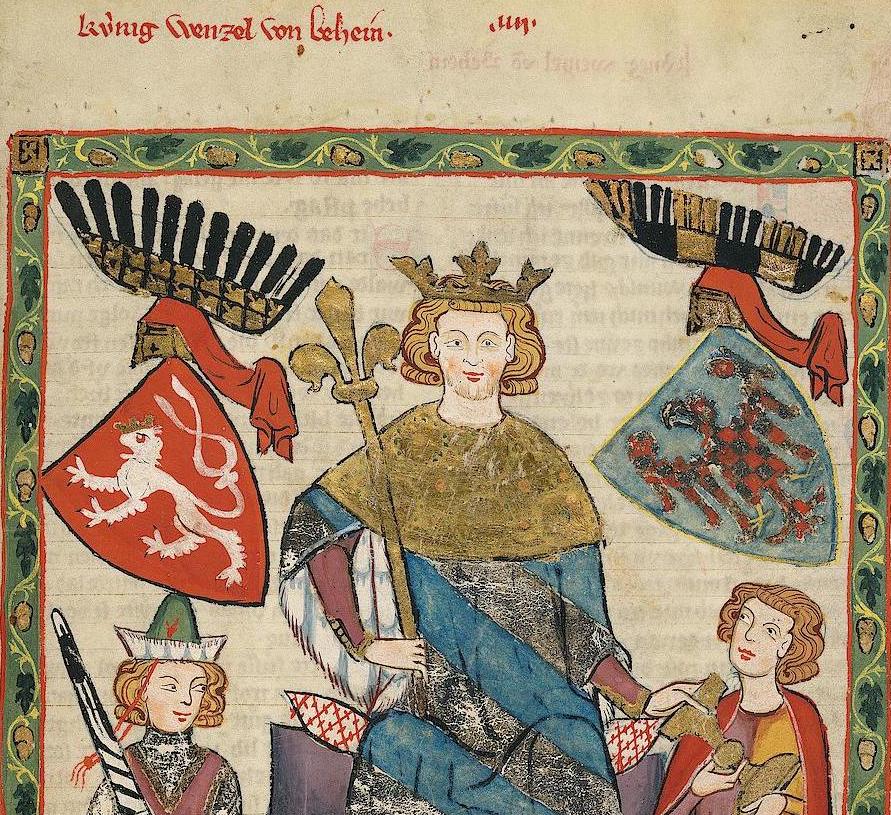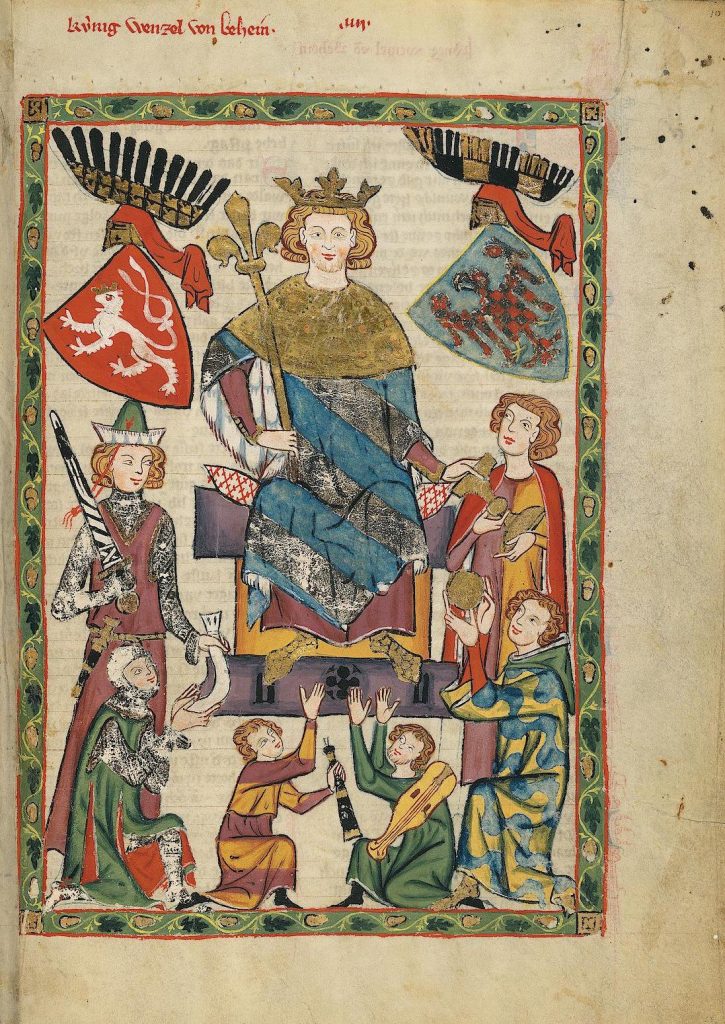Codex Manesse


also known as the “Great Heidelberg Book of Songs”, was created between around 1300 and around 1340 in Zurich and is the most comprehensive collection of ballads and epigrammatic poetry in Middle High German language.
Document: Codex Manesse – Heidelberg University Library, Cod. Pal. germ. 848
Dating: ca. 1300–1340
HUL, Cod. Pal. germ. 848, fol. 10r
The manuscript contains almost 6,000 verses from 140 poets. Its core was formed around 1300 in Zurich. The large collection of Middle High German lyrics compiled by the patrician Rüdiger Manesse of Zurich and his son is considered to be the main source of the “Codex Manesse”. Several addenda were incorporated up to around 1340. The manuscript represents the sum total of mediaeval lay songs and with regard to the “post-classical” minnesang it is the main and in some cases the only source.
Written in gothic letters by several hands the manuscript conveys to us the entire variety of genre and shapes of Middle High German lyrics beginning with secular song texts around 1150/60 up to its period of origin. There are no melody notations given. The text has been edited in several various editions and – in contrast to other manuscripts – printed with an exact transcription.
The manuscript is famous for its glorious colourful full-page miniatures. One miniature each is dedicated to 137 singers (one further miniature which cannot be assigned to a poet has remained as pen and ink drawing). The miniatures illustrate the poets in an idealised manner following courtly activities. The miniatures are considered to be an important document of Gothic illumination from the Upper Rhine region. They were made by four illustrators, 110 miniatures are attributed to the so called “Grundstock-Maler”, 20 to the first “Nachtragsmaler”, 4 to the second and 3 to the third “Nachtragsmaler” (+ one preparatory drawing).
Source: Heidelberg University Library


